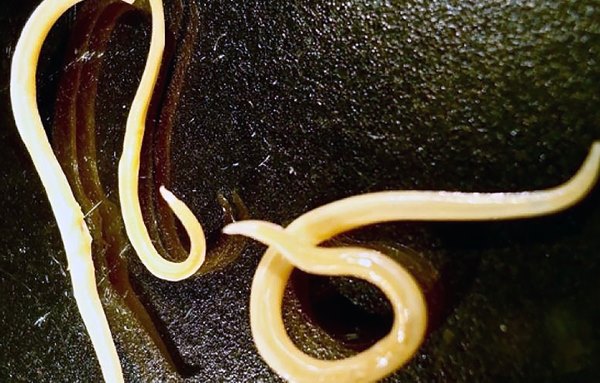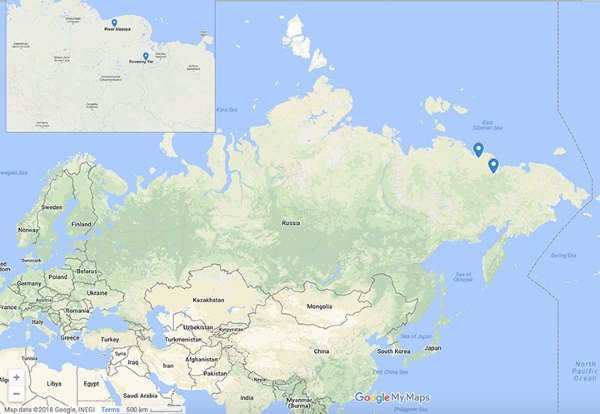They have been buried in permafrost for 42 years but now some worms have been brought back to life. These are nematodes hidden in the depths of the Arctic. That is why there is little to rejoice
He is about to end up run over, his mother saves himThey have been buried in permafrost for 42 years but now some worms have been brought back to life. These are nematodes hidden in the depths of the Arctic. But that's why there is little to rejoice.
A series of permafrost sediment samples over the past 40.000 years have recently been thawed to bring the nematodes back to life. Within weeks of thawing, the worms began moving and eating, setting a record for how long an animal can survive cryogenic storage.
Index
The experiment
A team of Russian biologists has unearthed more than 300 frozen soil samples from different times and places across the Arctic. Some were taken to Moscow laboratories. The researchers found that nematodes of two different genera were present in the samples taken in remote areas of northeastern Russia, which they inserted into petri dishes with a nutrient medium. After several weeks at 20 °, the worms gradually began to show signs of life.
Some of them - belonging to the genus Panagrolaimus - were found 30 meters deep in what was once a frozen den about 32.000 years ago.
Other worms, of the genus Plectus, were found in a sample taken at a depth of about 3,5 meters. Carbon dating was used to determine age. The result spoke clearly: the worms date back to about 42.000 years ago.
While contamination cannot be ruled out, it is quite unlikely according to the researchers. An exceptional discovery usually seen as worms do not burrow to these permafrost depths. Additionally, seasonal thawing is limited to around 80 centimeters, and there was no hint of thawing beyond 1,5 meters when the area was warmest, some 9000 years ago. Chances are these worms really did wake up from an incredibly long nap.
Reviving ancient organisms is not new in itself. In 2000, scientists did this with Bacillus bacteria spores hidden inside 250-million-year-old salt crystals.



Gallery
More resistant than tardigrades
Nematodes are notoriously hardy creatures, as are their close relatives, water bears or tardigradi, able to live in extreme conditions, to repair the damage of their DNA and to produce a vitrifying material. But even the water bears haven't gone that far, to survive that long in the ice.
The dark implications of the discovery
While the return to life of nematodes will allow scientists to learn more about the biochemical mechanisms these creatures use to limit ice damage and block the ravages of DNA oxidation over millennia, it is also worrying. the fact that melting permafrost could release pathogens that have been blocked for tens of thousands of years.
Nematodes are unlikely to be dangerous to us but their survival is proof that a wide range of organisms - from bacteria to animals, plants to fungi - can potentially come back to life after a long absence.
One more reason to counter the melting of ice, closely linked to climate change and global warming.
The research was published on Evidence of Biological Sciences.
READ also:
- The prehistoric plant brought back to life after 30 thousand years
- Huge reserves of mercury buried in the melting permafrost
Francesca Mancuso


























